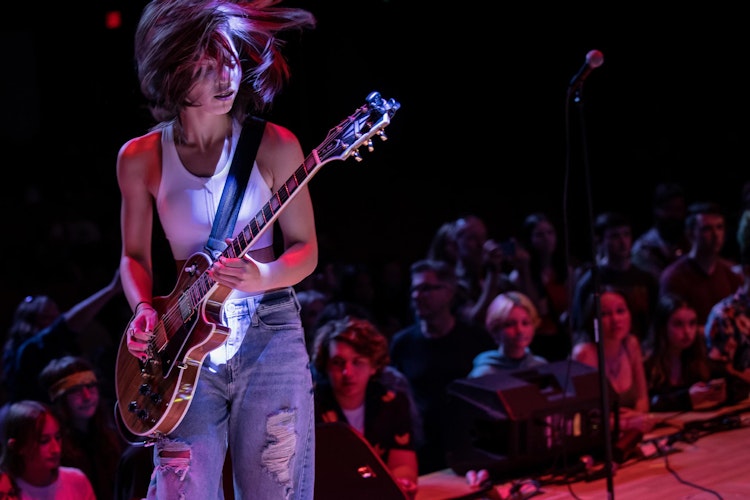Becoming a musician is about more than just learning to sing or play your instrument well. If your goal is to share your music with others, you’ll want to learn how to do so as a professional, by learning how to perform on stage with confidence and enthusiasm. Here are some tips on how you can give your best performances by using a handful of simple yet key techniques.
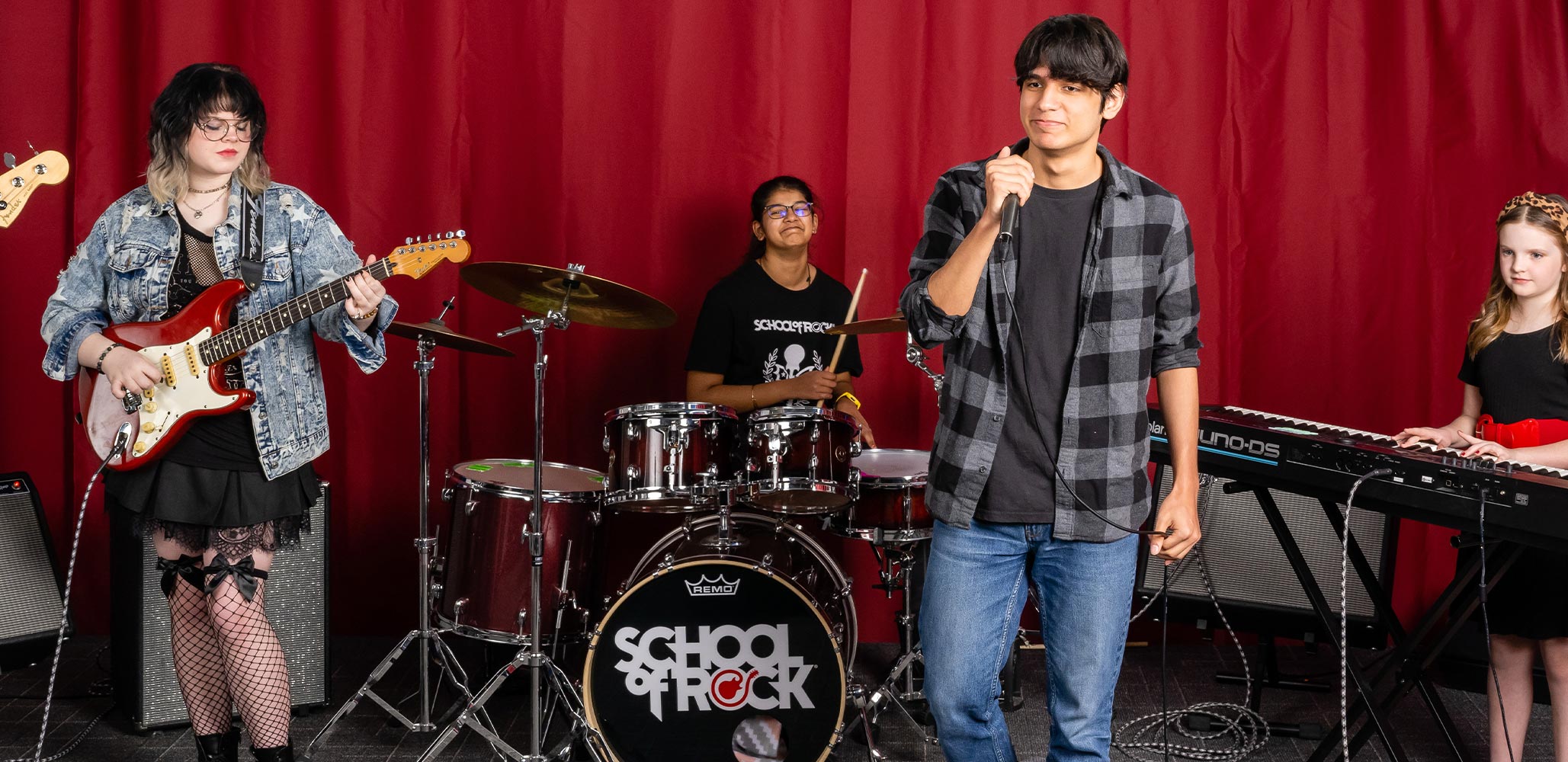
Practice Until You’re Comfortable
Perhaps the most important thing to understand about performing in front of an audience is that it’s a skill like anything else. It takes practice: Just like a muscle, you need to work it out in order for it to get stronger. The more shows you do, the better you’ll get.
Don’t hold back during rehearsals. In order to make the most of your time practicing, you’ll want to give it your all in the same way you would when you perform on stage. Playing in front of others (even your bandmates) might feel awkward and uncomfortable at first. But if you can get comfortable with feeling uncomfortable or potentially making mistakes, it will actually free you up to do your best.
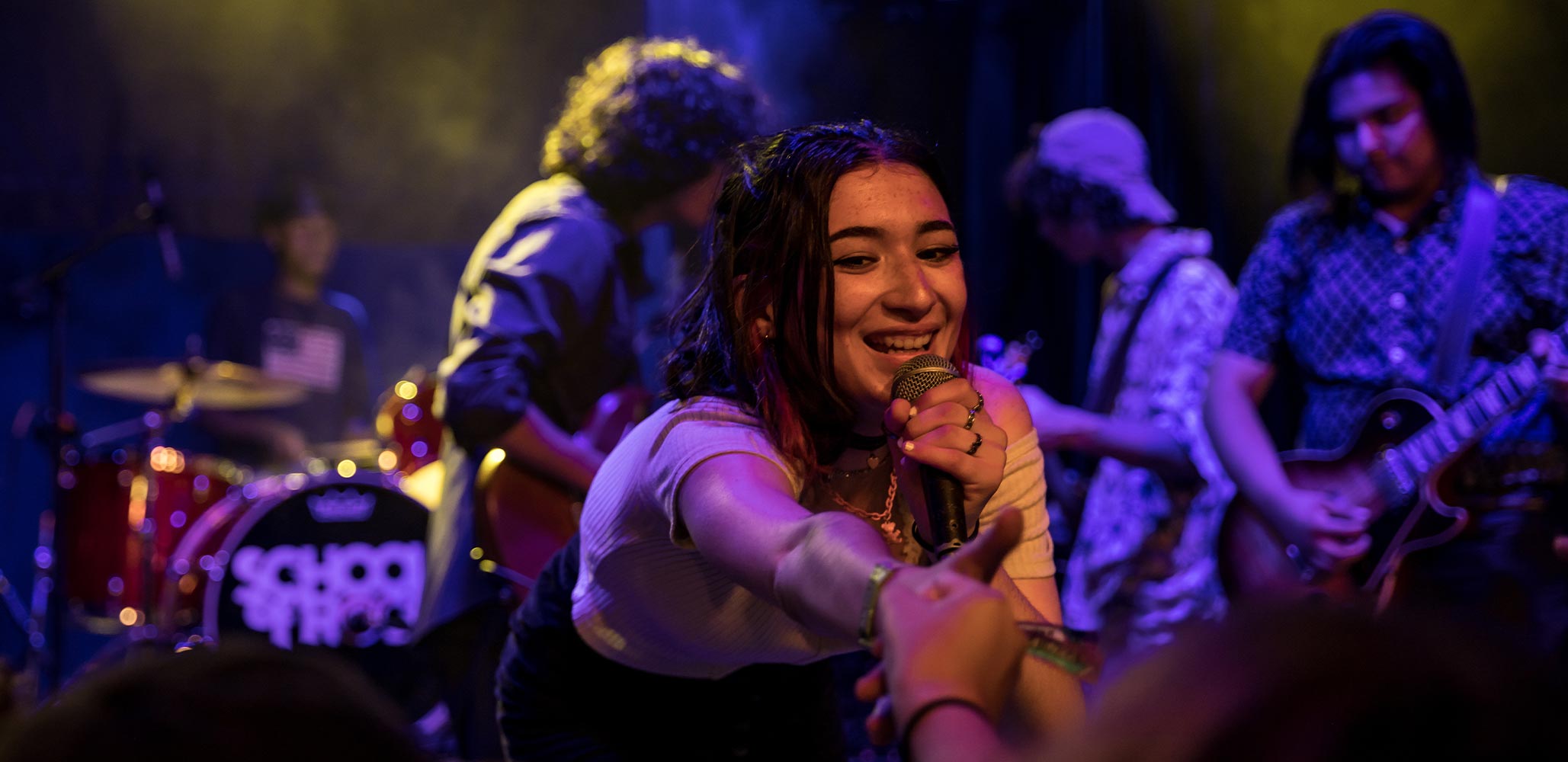
Make Eye Contact with the Audience
As a frontperson, it’s your job not to just deliver a great musical performance, but to invite the audience in. For fans, the difference between just listening to music and going to a show is that there’s the opportunity to connect with the musicians as they perform on stage. You, as the frontperson, have the ability to create that experience for them.
The simplest techniques you can use to make the show interactive for the audience come back to the most basic form of communication: body language. For starters, you’ll want to make sure you’re making eye contact with the crowd. Look at the people in the front row, or out in the crowd even if they’re too far away for you to see individually. Avoid looking at the floor, as that can break the connection you want to build with your audience.
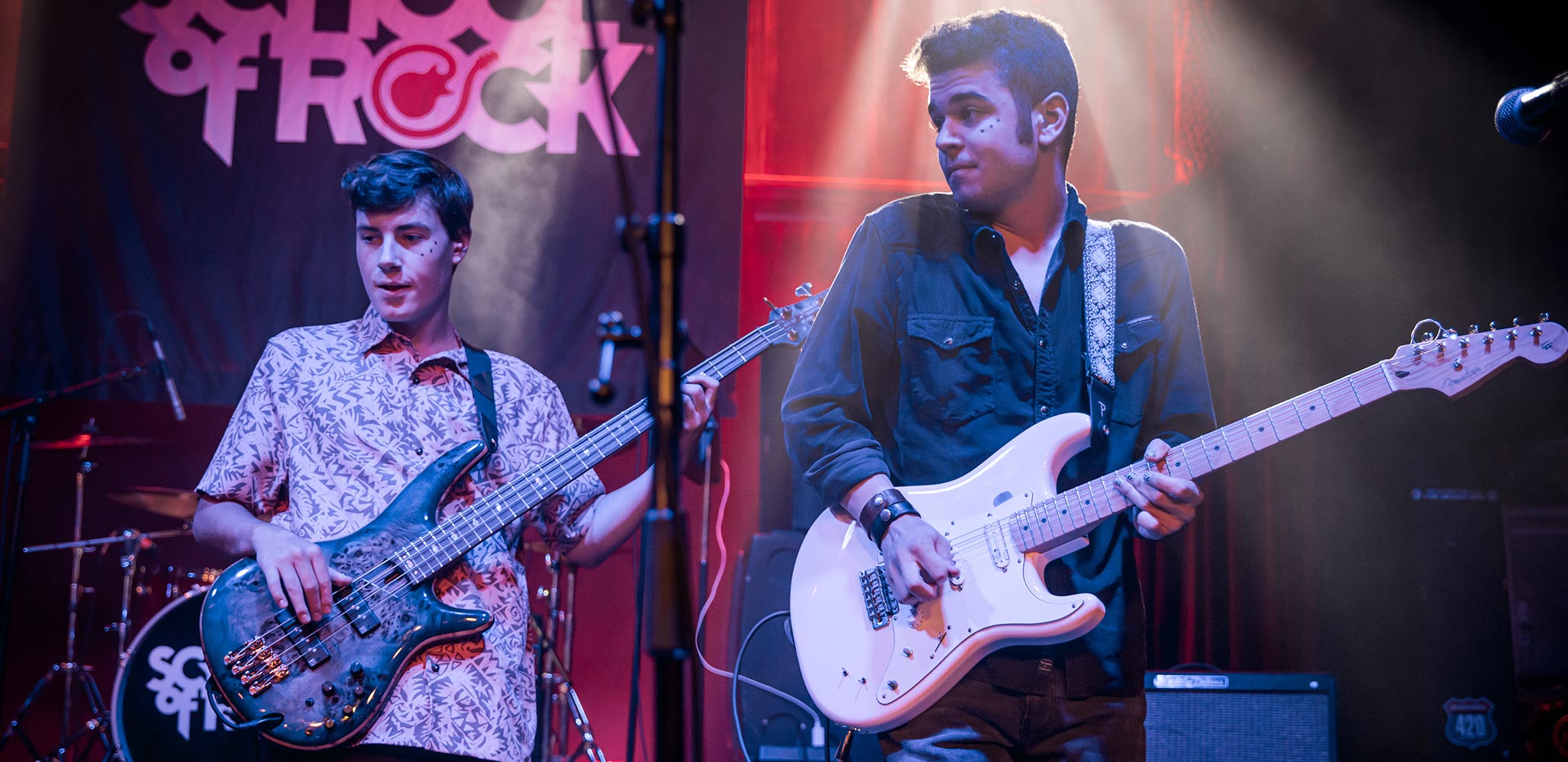
Posture & Body Language
Then, you’ll want to be mindful of how you carry yourself performing on stage. You can convey confidence while just standing or walking around by keeping your shoulders back, holding your head up and looking forward, and making sure to face the crowd. You’ll want to avoid slouching, turning away from the audience, or backing away from the edge of the stage—all of which you might do automatically if you’re feeling nervous and not paying attention to what you’re communicating through your own body language. If your hands are free from playing an instrument, avoid putting them in your pockets or folding your arms.
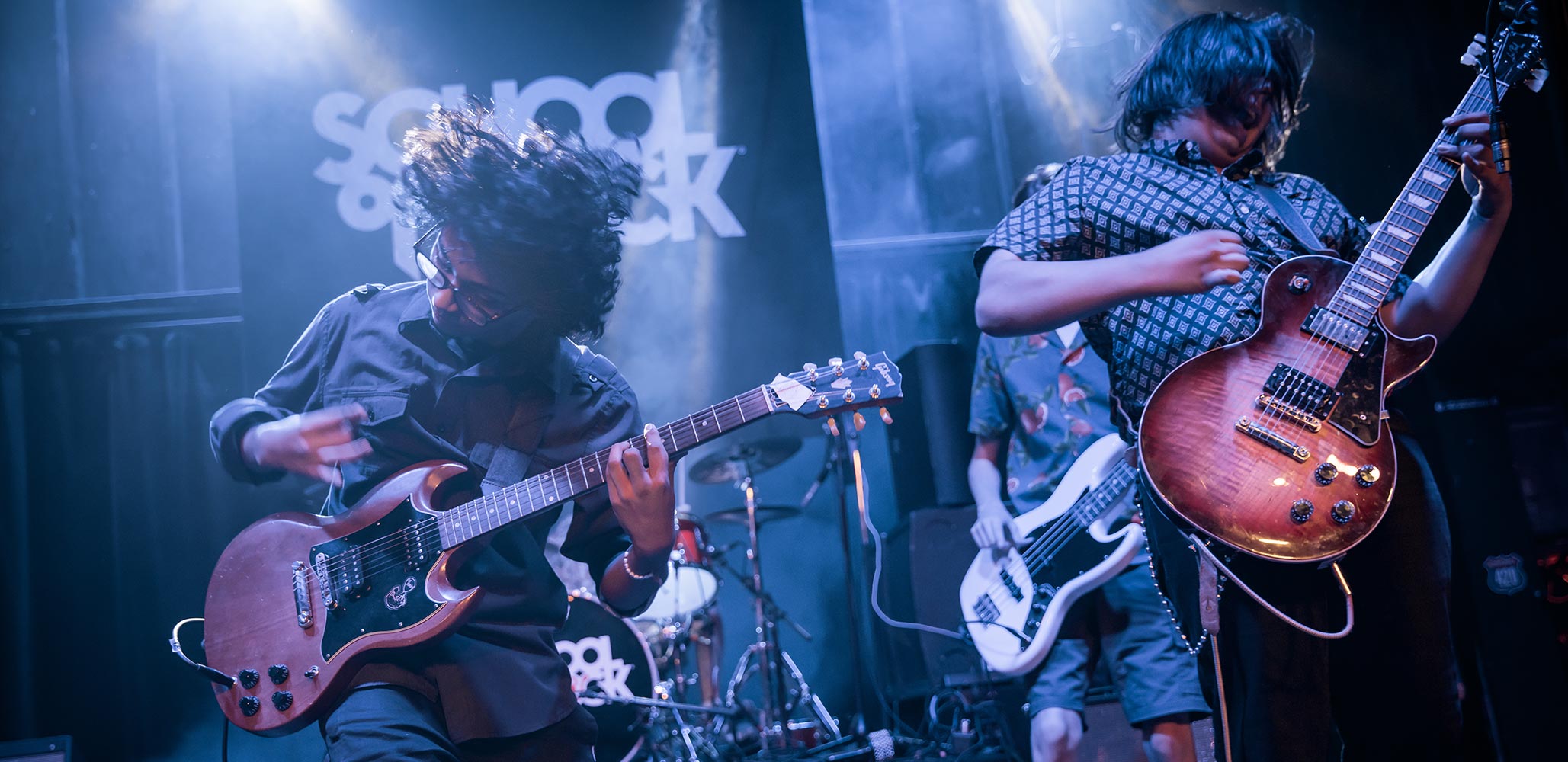
Keep Moving
If you know what it’s like to perform on stage, you know that, as a performer, you become responsible for shaping the energy of the room. Whether the audience is one person or a hundred people, they’re focused on you and responding to how you’re expressing yourself in the moment. To deliver the best show possible, you’ll want to keep that energy up.
One way you can do this is by staying in motion. Just like looking at the ground, standing still can compromise the connection you have with your audience in that it puts the unspoken conversation you’re having with them on pause. You can engage your listeners by pointing out at them, raising your hands in the air, leaning forward, putting your hands on your hips, or dancing while you’re singing. If you’re playing an instrument, posture yourself in a way that shows that you’re enjoying yourself: You can stand with your feet apart in a power stance, or lean back as you’re playing.
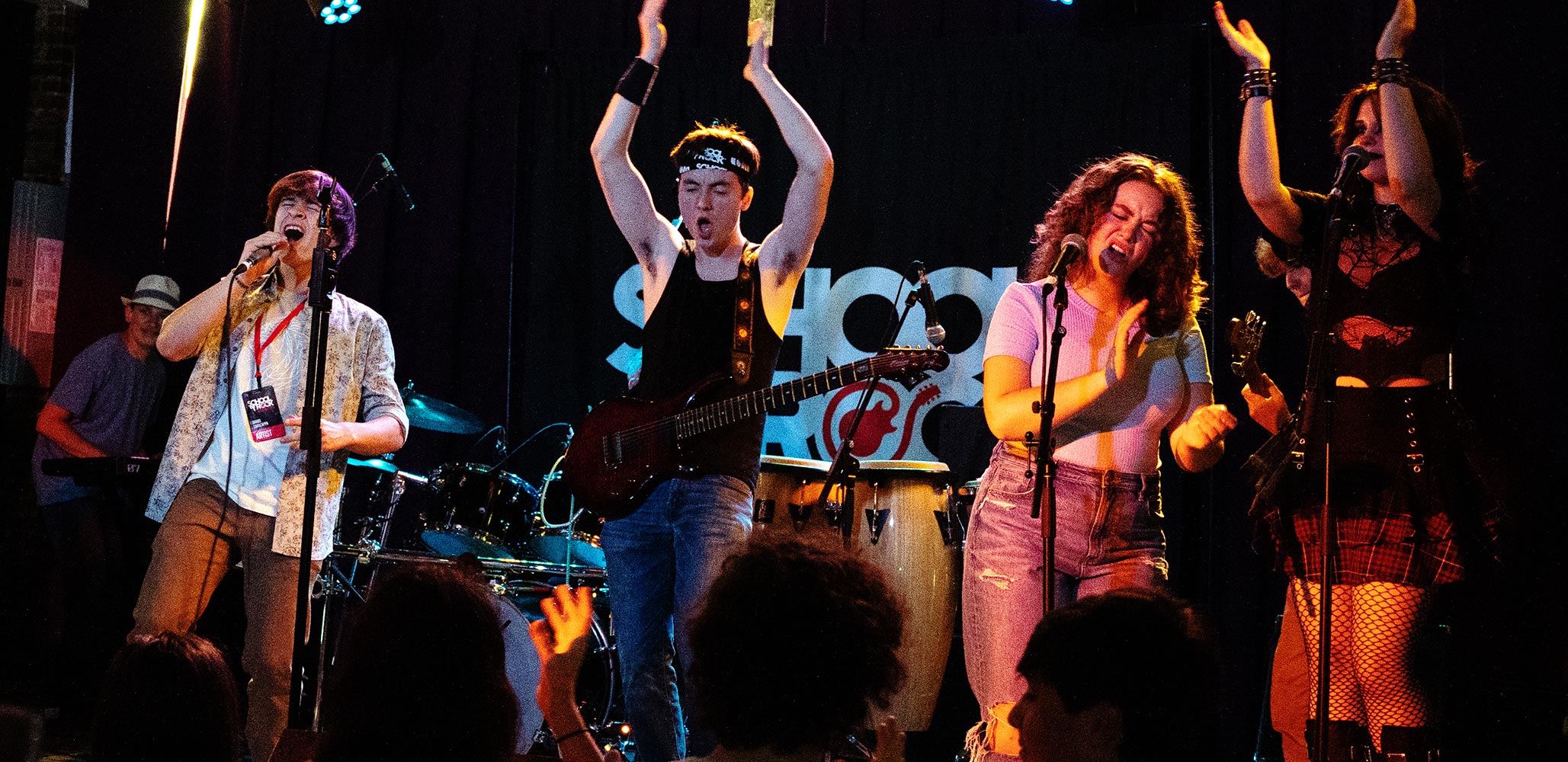
Involve the Audience
Keeping that energy up also goes for moments between songs. At some point, you’ll want to engage with the audience more directly through hyping or banter. That can be as easy as shouting, “How’s everyone doing tonight?” or expressing gratitude for the venue or your fans. You can offer brief introductions to songs by saying what they’re about or sharing about when or how they were written; you can also insert lighthearted comments and jokes here and there as you see fit. We suggest keeping this kind of interaction to a minimum, as the crowd is there mostly to see you play—but be prepared to talk a little more if someone has to tune or change a string, or if there are some unexpected technical difficulties that force a longer break in the performance.
There is pressure to perform on stage, but the more you practice, the better the experience will be. And remember, there’s a bit of leeway for mistakes when you’re performing live—in fact, another tip is to smile and look past them when they happen—as that’s part of the authenticity audiences crave when they go to shows. You can channel any nervous energy you may have into excitement, and if you keep in mind that the crowd isn’t expecting you to be perfect, it’ll be more likely that you create a positive experience for everyone.
About the author
Kate Koenig is a singer-songwriter, multi-instrumentalist, and music journalist based in Brooklyn. She has taught guitar, bass guitar, keys, and vocals at School of Rock Williamsburg.




